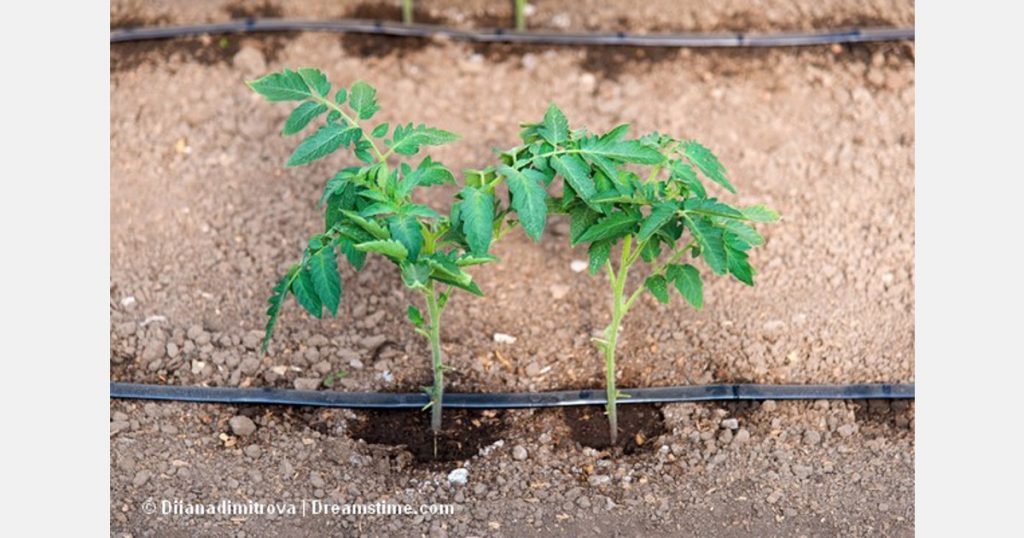In the Scheme of Important Issues (ETI) of the new hydrological plan of the Tagus, still in the drafting phase, the Spanish Ministry for Ecological Transition and the Demographic Challenge (Miteco) is proposing an increase in the ecological flow, an 80 hm³ reduction of the transfer, and a modification of the rules for the use of the transferred water. These measures are facing the opposition of irrigators of southeastern Spain, who showed their disagreement with a massive protest in Madrid last May.
In Murcia, which estimates its water deficit at 473 hm³/year, the water transfer serves to irrigate 92,000 hectares, out of a total of 140,000. And the agricultural sector in the Levant released figures that highlight its importance: it helps generate 3,000 million Euro of GDP, translates into 100,000 direct jobs and 300,000 indirect jobs, and helps provide 70% of the vegetables and 20% of the fruit exported by Spain.
“Just as we understand that electricity has to be accessible everywhere, with adequate and homogeneous distribution, and at an equitable price, why isn’t this also the case for water?” asks the Councilor of Water, Agriculture, Livestock, Fisheries and Environment of the Region of Murcia, Antonio Luengo, in an interview with Efeagro.
Minister Teresa Ribera recently met with representatives of the Central Union of Irrigators of the Tagus-Segura Transfer (Scrats), who insisted that there is no “water war” and that we must invest in “proximity resources”, such as desalination. Luengo argued that Murcia is already a European leader in water purification (more than 99%) and in water reuse (98%), with an investment of more than 600 million Euro over the last 20 years, in addition to having transformed agriculture in the region through precision technologies to make them profitable and to deal with water scarcity.
Luengo stressed that treated water alone is not suitable for irrigation, nor is desalinated water, which “has a high energy and environmental cost, as well as boron concentration, which is harmful to some crops. It can only be a complement to the water coming from the transfer.”
“The Levant gets 300 hm³/year; 205 of them are for irrigation and 100 for drinking water,” said the Councilor, who foresees a significant impact for the region with Miteco’s plan, and is calling for the autonomous governments and those responsible for the basin to work on a new national water plan. “There are those who believe that they can get political gain, and we want solidarity between autonomous regions to prevail. Water belongs to everyone,” he said.
Luengo said that they are still waiting for President Pedro Sánchez and Minister Ribera to meet with the president of Murcia, Fernando López Miras, who attended the demonstration of irrigators held in front of the Ministry of Ecological Transition.
Source: efeagro.com


